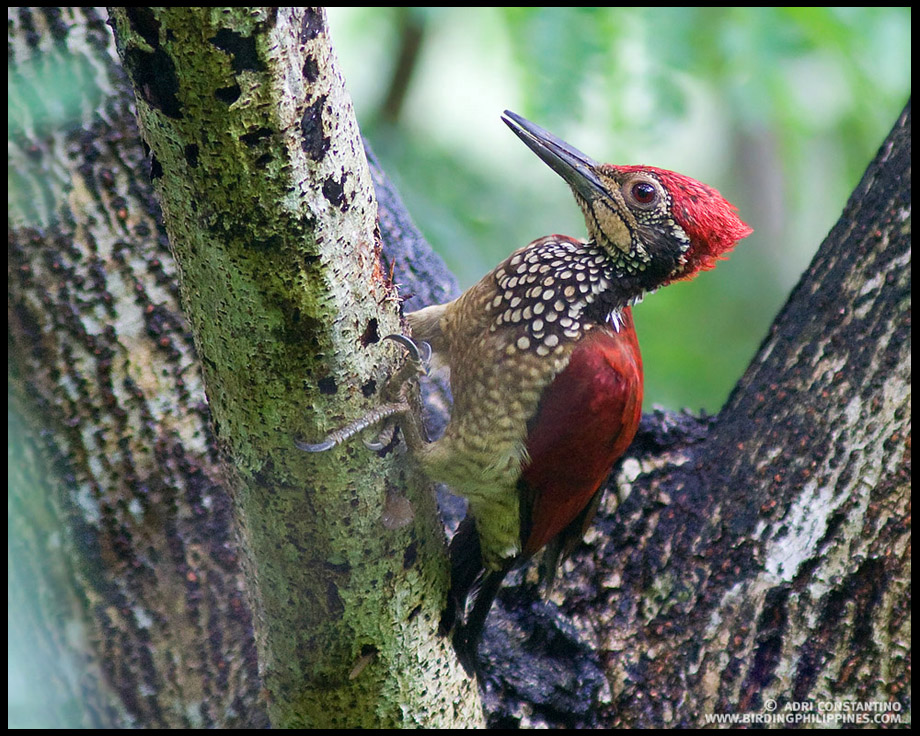A pair of Greater Flamebacks
This is a pair of Luzon (Greater) Flamebacks "doing it" in Subic Bay, Zambales, Luzon, Philippines.
These woodpeckers prefer forests and forests edge more commonly in lowland forests. Their strong bills are used for drilling holes into tree trunks to extract worms and insects. Luzon Flamebacks are found all over the Philippines with four races having distinctive characteristics. This pair is from the haematribon race and are considered as endemic subspecies found only in the islands of Luzon, Catanduanes and Marinduque.
EDIT: The Greater Flamebacks have been split and the birds shown are now called Luzon Flamebacks.
Luzon Flameback Chrysocolaptes haematribon
August 2010, Subic Bay, Zambales and Bataan, Philippines
Video by Nicky Icarangal, JR.
Digiscoped with a Swarovski ATM 80 HD, Canon Powershot S95.


